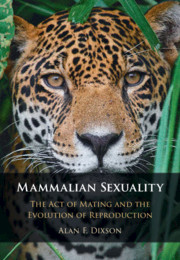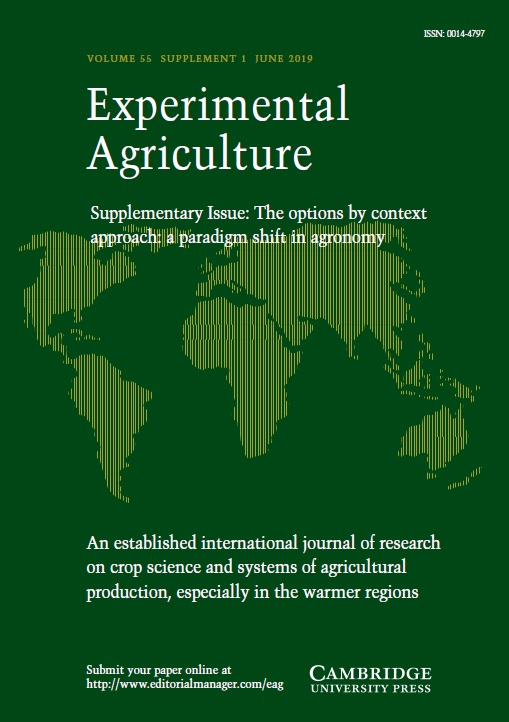Mating Males
An Evolutionary Perspective on Mammalian Reproduction
- Author: Tim Glover, University of Queensland
- Date Published: July 2012
- availability: In stock
- format: Hardback
- isbn: 9781107000018
Hardback
Other available formats:
Paperback, eBook
Looking for an inspection copy?
This title is not currently available on inspection
-
Examining mating from the male perspective, this book provides an overview of mammalian reproduction to illustrate the important role that male desire plays in the life of mammals. Written in a conversational style that will appeal to those without specialist knowledge of the field, it begins with a broad overview of sexual reproduction in mammals, explaining the importance of mixing genes, sexual selection and the concept of mating seasons. Subsequent chapters examine some of the most important aspects in detail including mating behaviour, the structure and function of the male organs of reproduction and their physiological control and modes of copulation. A final chapter considers human reproduction, explaining how our physical and social evolution have contributed to the development of sexual behaviour that is markedly different to that of other mammals, due in particular to the absence of oestrus and seasonality in the human female.
Read more- Written in a lively and informal style that will appeal to those without specialist knowledge of the field
- Underscores the importance of oestrus in mammalian mating behaviour, offering a new approach to human sexual behaviour
- Illustrates the ecological and evolutionary basis of different copulatory strategies
Reviews & endorsements
'In this book Professor Glover draws on his detailed comparative studies of reproduction to provide insight into the evolution of the male reproductive tract as well as male mating behaviour. He uses his quirky sense of humour to challenge our thoughts on various aspects of the subject, and stimulates us to reconsider some well-entrenched 'facts'. For students, his writing emphasises the importance of challenging dogma, and exposes the excitement of scientific endeavour. Inevitably, some of the questions he raises remain open-ended, providing the challenge for future investigators to examine them further. His easy style makes the book a pleasure to read, it is a 'page-turner' that gathers one up in the excitement of discovery and the development of ideas about an important subject.' Michael Bryden, University of Sydney
See more reviews'… biologists will learn a lot from [this book] …' The Biologist
'… an easy and almost soothing read … interesting and informative. … Glover knows the male mammal's reproductive system like the back of his hand, and Mating Males is a useful introduction to the subject for biologists, students, and even curious general readers.' The Quarterly Review of Biology
Customer reviews
Not yet reviewed
Be the first to review
Review was not posted due to profanity
×Product details
- Date Published: July 2012
- format: Hardback
- isbn: 9781107000018
- length: 220 pages
- dimensions: 234 x 155 x 14 mm
- weight: 0.48kg
- contains: 62 b/w illus.
- availability: In stock
Table of Contents
Preface
Acknowledgements
1. The system
2. The preamble
3. The equipment and the product
4. The scrotum
5. The delivery
6. The human male
Appendix
Index.
Sorry, this resource is locked
Please register or sign in to request access. If you are having problems accessing these resources please email [email protected]
Register Sign in» Proceed
You are now leaving the Cambridge University Press website. Your eBook purchase and download will be completed by our partner www.ebooks.com. Please see the permission section of the www.ebooks.com catalogue page for details of the print & copy limits on our eBooks.
Continue ×Are you sure you want to delete your account?
This cannot be undone.
Thank you for your feedback which will help us improve our service.
If you requested a response, we will make sure to get back to you shortly.
×





